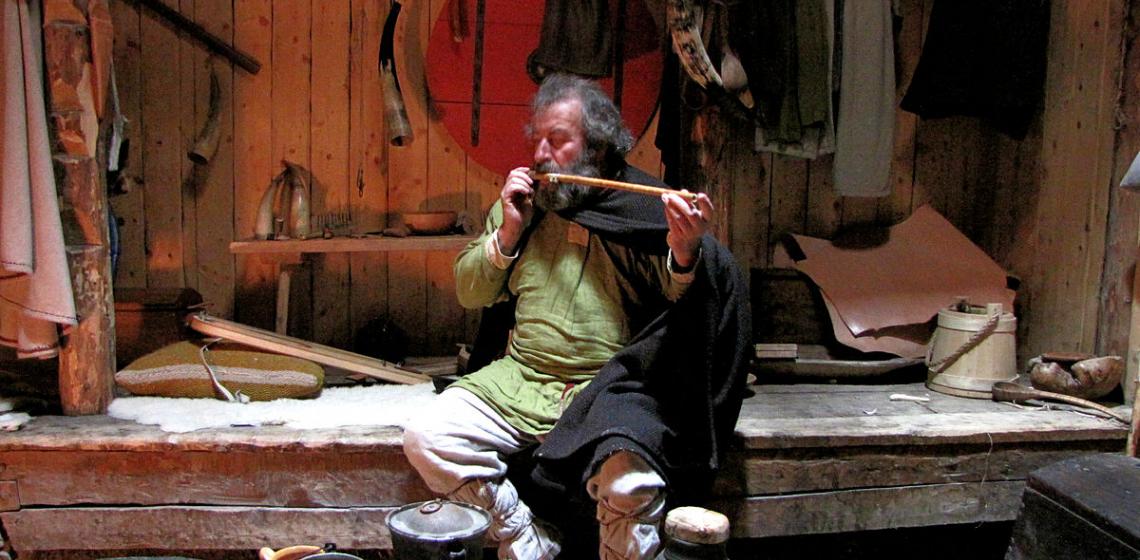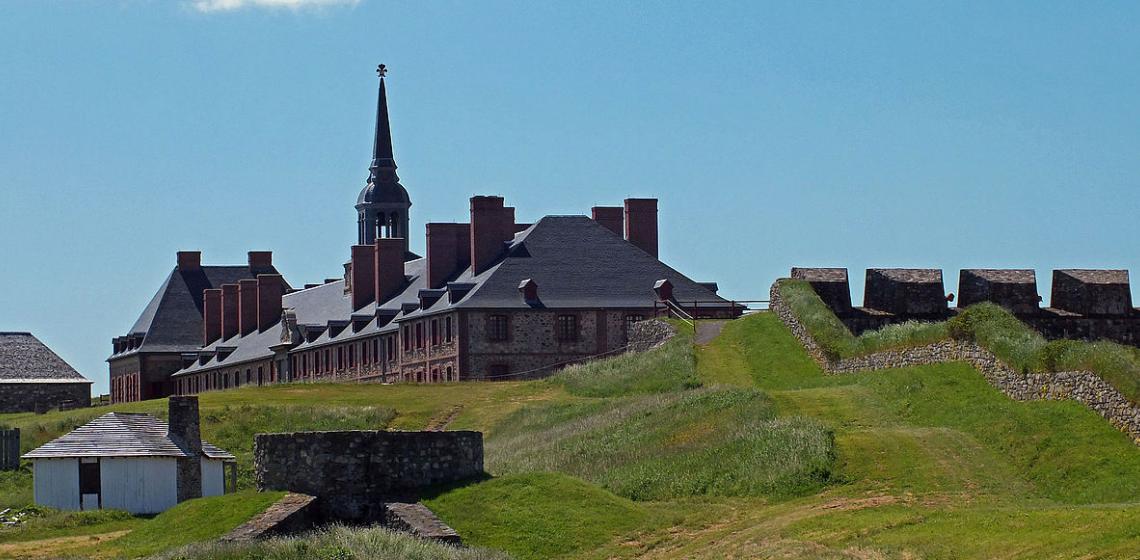Volunteer to building a replica Neolithic longhouse
Using authentic tools and traditional techniques, Jersey Heritage volunteers are building a replica Neolithic longhouse at La Hougue Bie. We need more volunteer helpers and the only criteria are to be at least 18 years old, willing to learn and to get your hands dirty… Managed and inspired by ancient technology expert Luke Winter of Historic Concepts Ltd. the volunteers work hard all year round. Like their Neolithic ancestors they’re undeterred by cold, wet or windy weather...

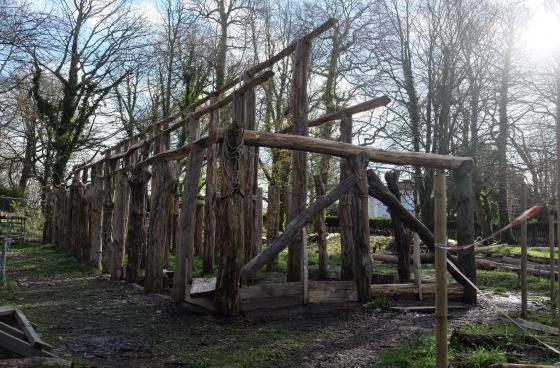
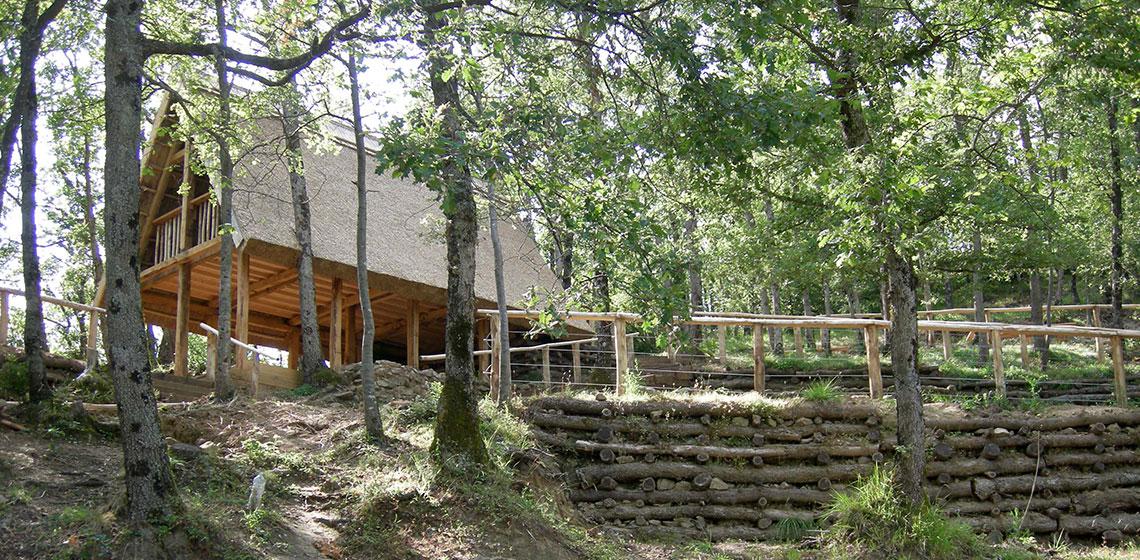
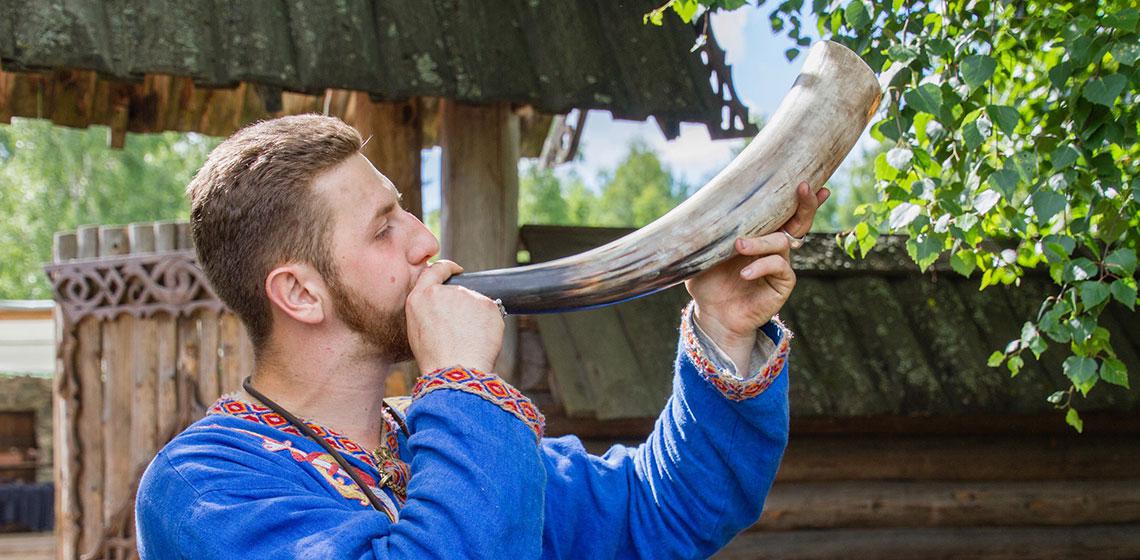
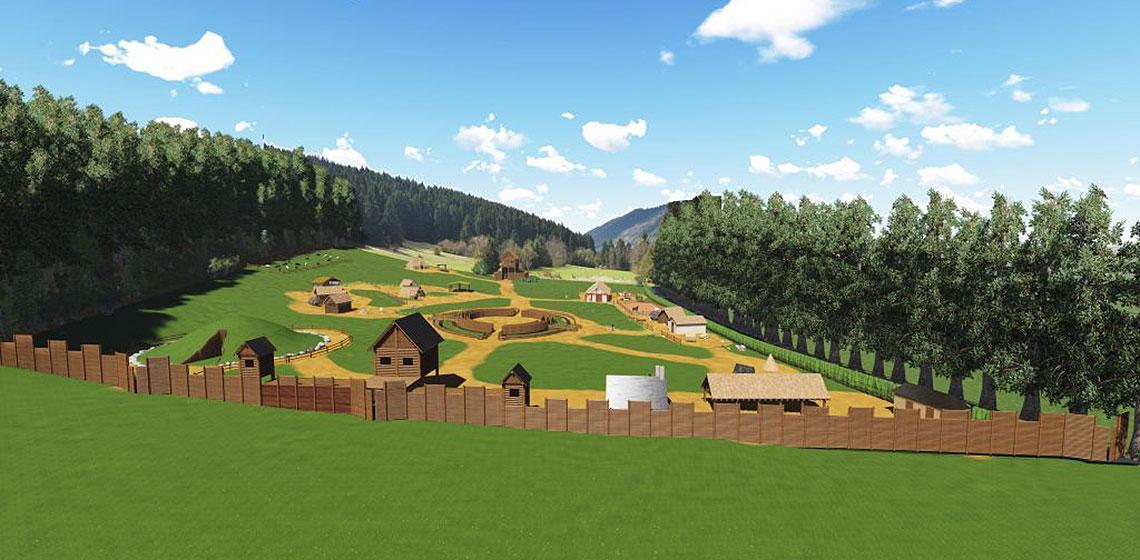
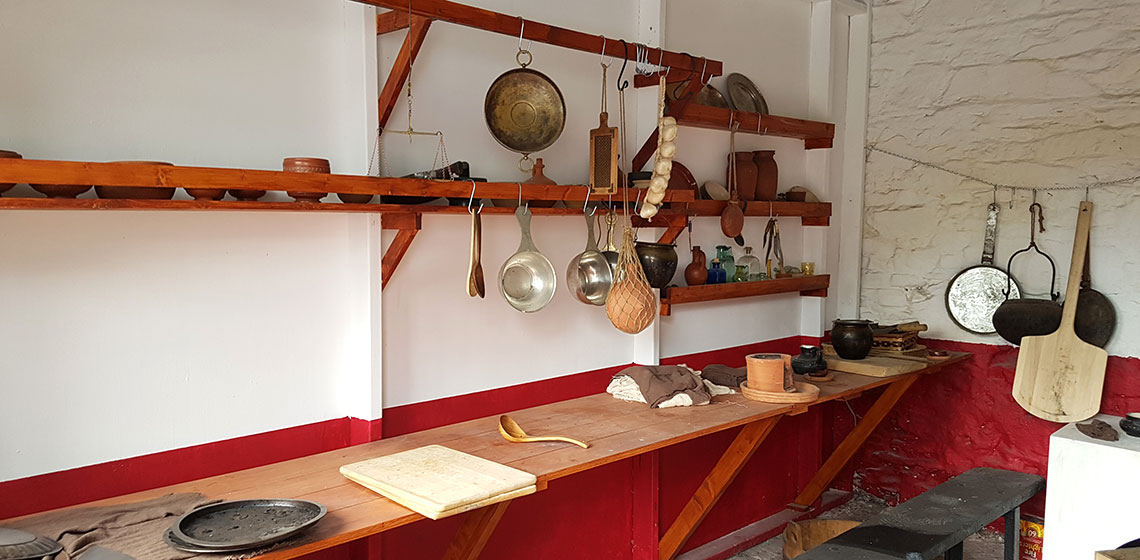
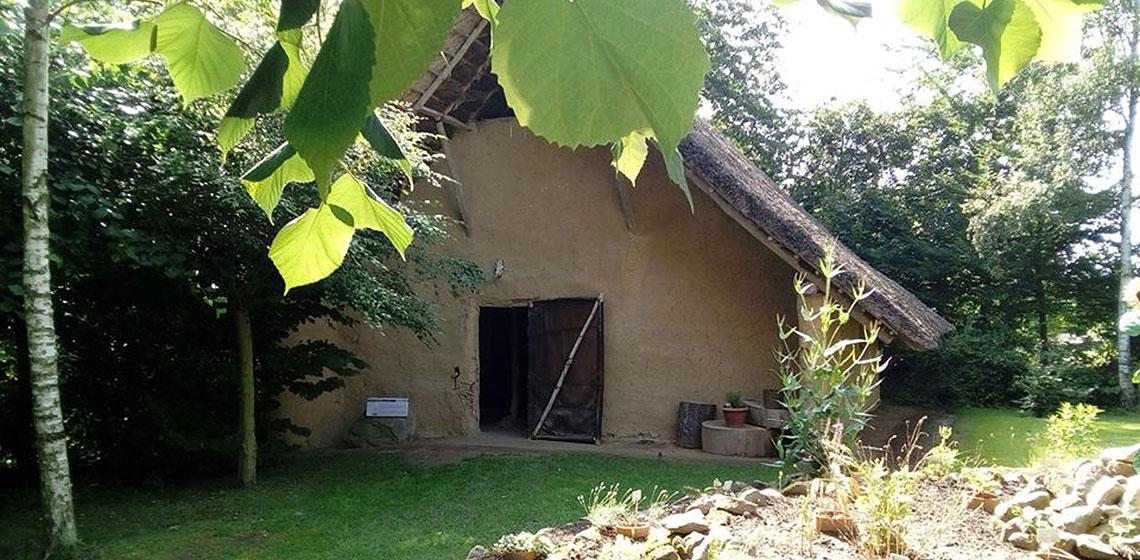
![Image by Pjposullivan (Own work) [CC BY-SA 4.0 (http://creativecommons.org/licenses/by-sa/4.0)], via Wikimedia Commons](/sites/default/files/styles/full_size_1140/public/sainte-marie_among_the_hurons_native_section_-_klein.jpg?itok=lV1205Cr)
